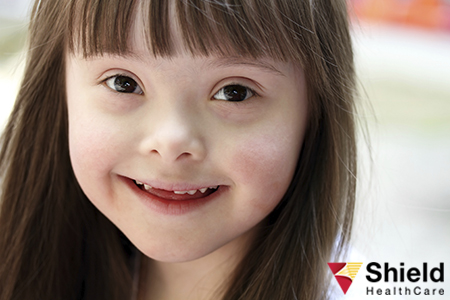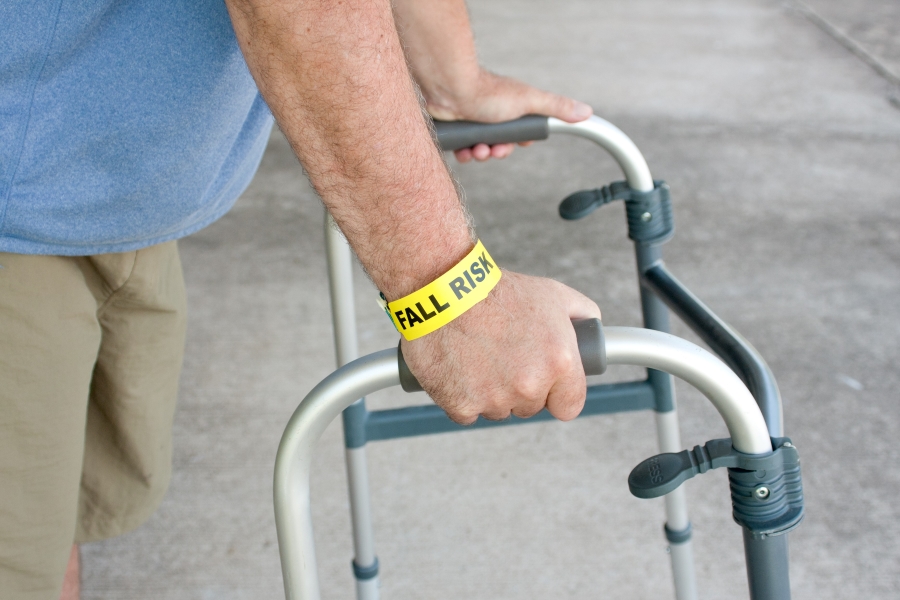What is Down Syndrome?
At the time of conception, 46 chromosomes are inherited by a baby – 23 from the mother and another 23 from the father. In approximately 1 out of 700 births, an extra copy of chromosome 21 is passed on, totaling 47 chromosomes. This additional genetic material causes the characteristics associated with Down Syndrome, which is the most frequently occurring chromosomal disorder.
The risk of having a child with Down Syndrome increases as women get older, therefore, medical professionals recommend that women over age 35 undergo prenatal testing for the condition. However, it is important to note that approximately 80% of babies with Down Syndrome are born to women under the age of 35, since they have more babies than women over this age. Also at risk are parents who have chromosomal abnormalities or who already have babies with the condition.
Common Characteristics:
Children with Down Syndrome tend to share common physical characteristics, such as:
- Slightly flattened face with an upward slant to the eye
- Short neck with excess skin at the nape
- Flattened nose
- Deep, single crease in the palm of the hand
- White spots on the iris of the eye
- Decreased muscle tone and loose ligaments
- Small ears, hands and feet
- Separated joints between the bones of the skull (sutures)
In addition to the physical similarities, children with DS may also have varying degrees of intellectual and developmental disabilities (IDDs) which affect language and motor skills. For many children, the level of impairment is mild to moderate – although it varies from person to person. Common problems may include impulsive behaviors, poor judgment, short attention span and slow learning.
Additional medical complications are also fairly common with Down Syndrome. Individuals are at higher risk for endocarditis and other heart problems, intestinal problems such as gastrointestinal blockages, hearing and/or vision impairments, ear infections, sleep apnea, and skeletal weakness in the upper spine.
Is There a Cure?
There is no cure for Down Syndrome. Early identification of the condition and any accompanying diagnosis will give parents the opportunity to seek necessary attention. With early intervention and the aid of speech, occupational and physical therapies, as well as special education at school, many children born with Down Syndrome can live happy and productive lives well into adulthood.
While individuals with Down syndrome experience developmental delays and are at higher risk for some medical complications, it is important to note that they are more like others than they are different. Like those without the disorder, they have many unique talents and gifts and should be encouraged to develop them.
Parents or loved ones of people with Down Syndrome can tap into an abundance of treatment programs and support systems, as well as education services and other assistance resources available.
For support groups and services in your area, see this National Down Syndrome Society Affiliate Map.
More information can be found on MayoClinic.com, KidsHealth.org, PubMed Health and the National Association for Down Syndrome, which provided source material for this article.
This article was written by a contributing author at Shield HealthCare.























